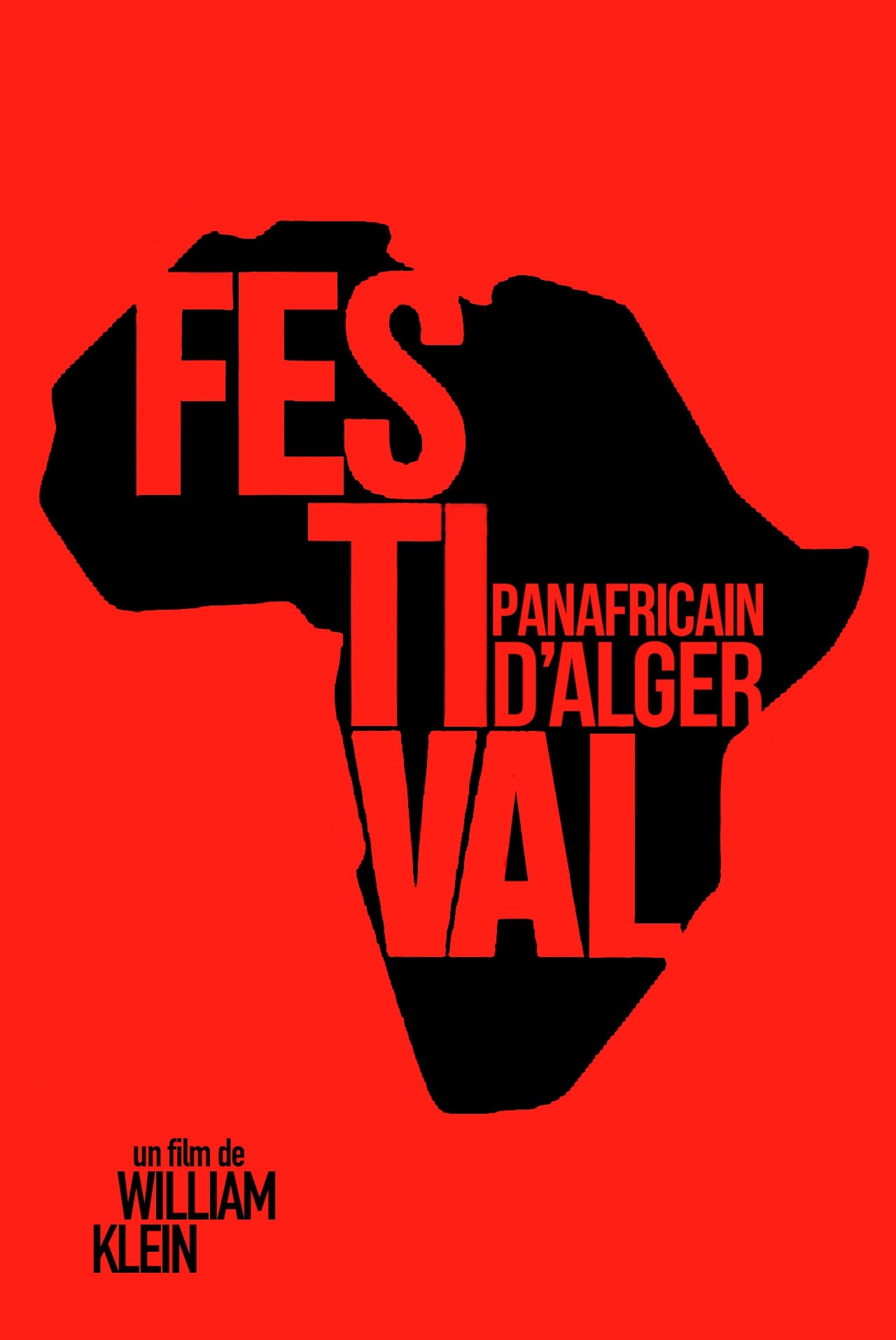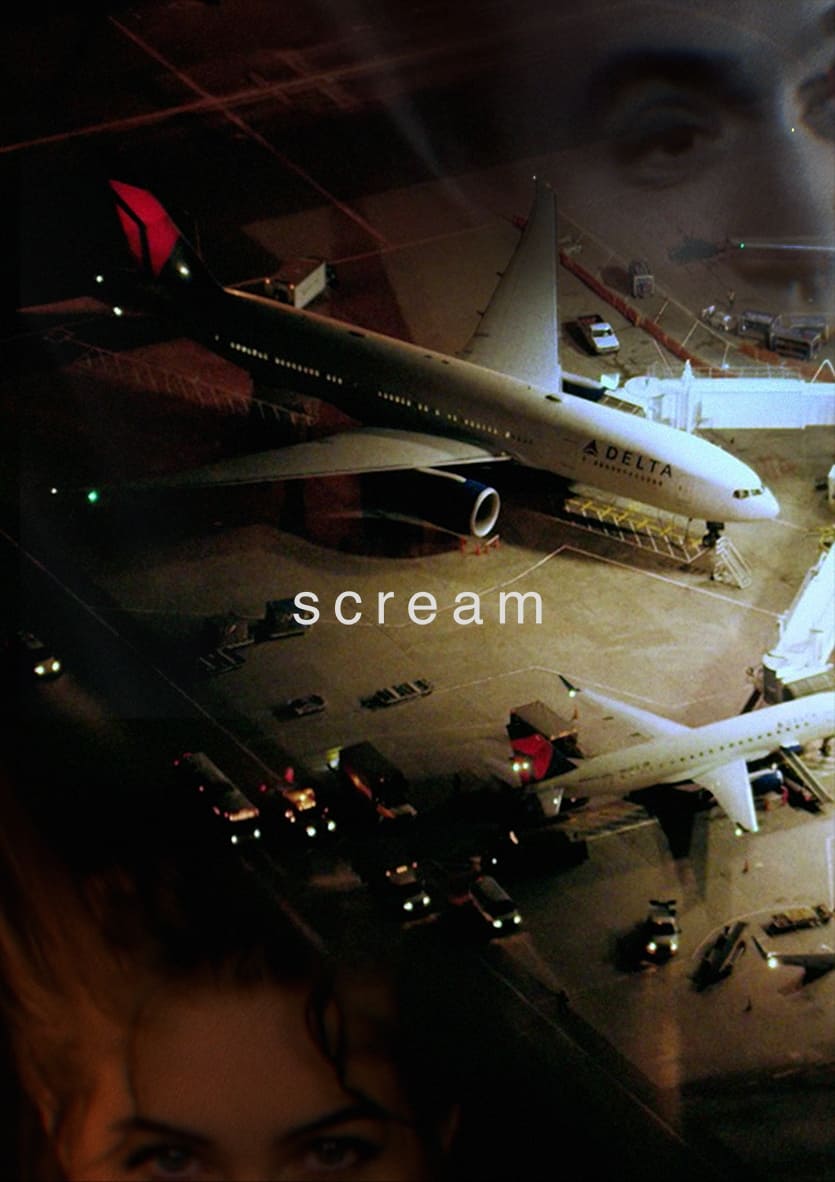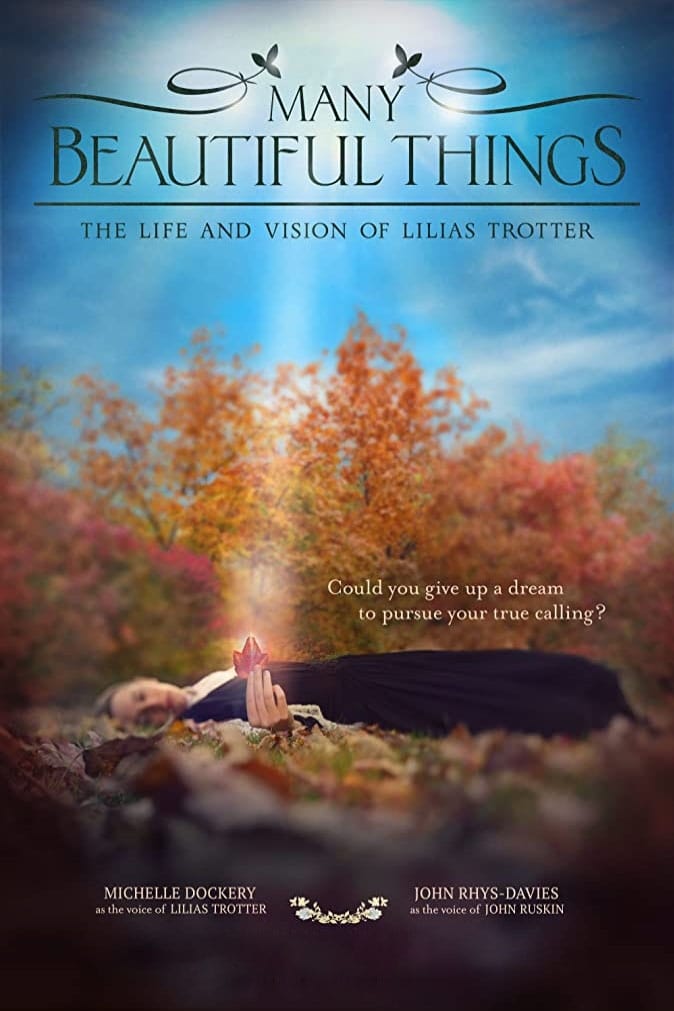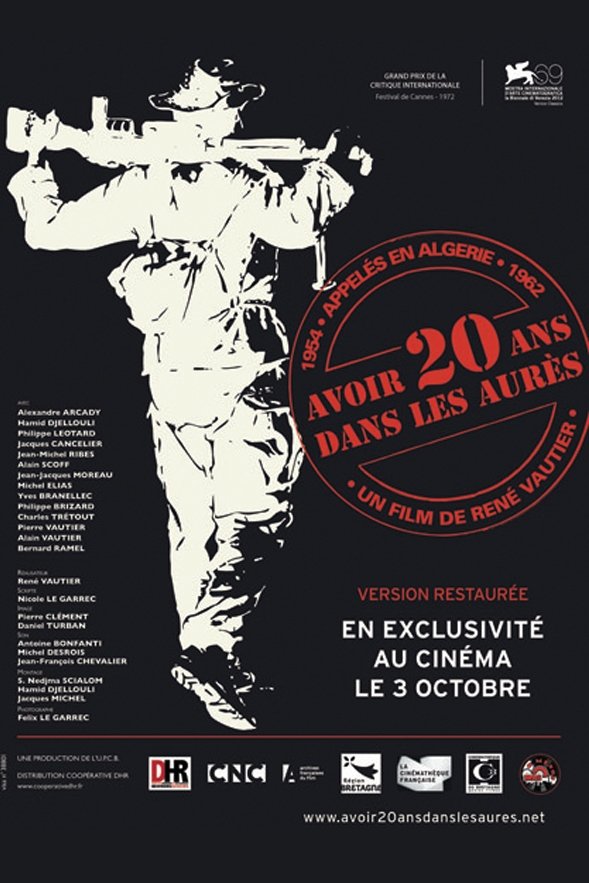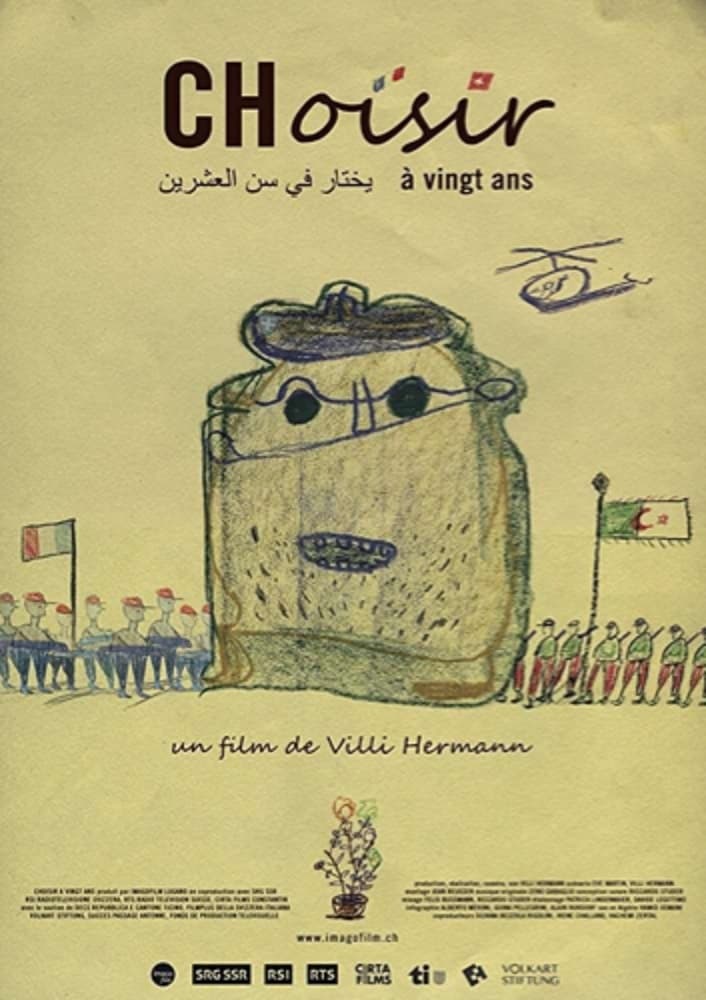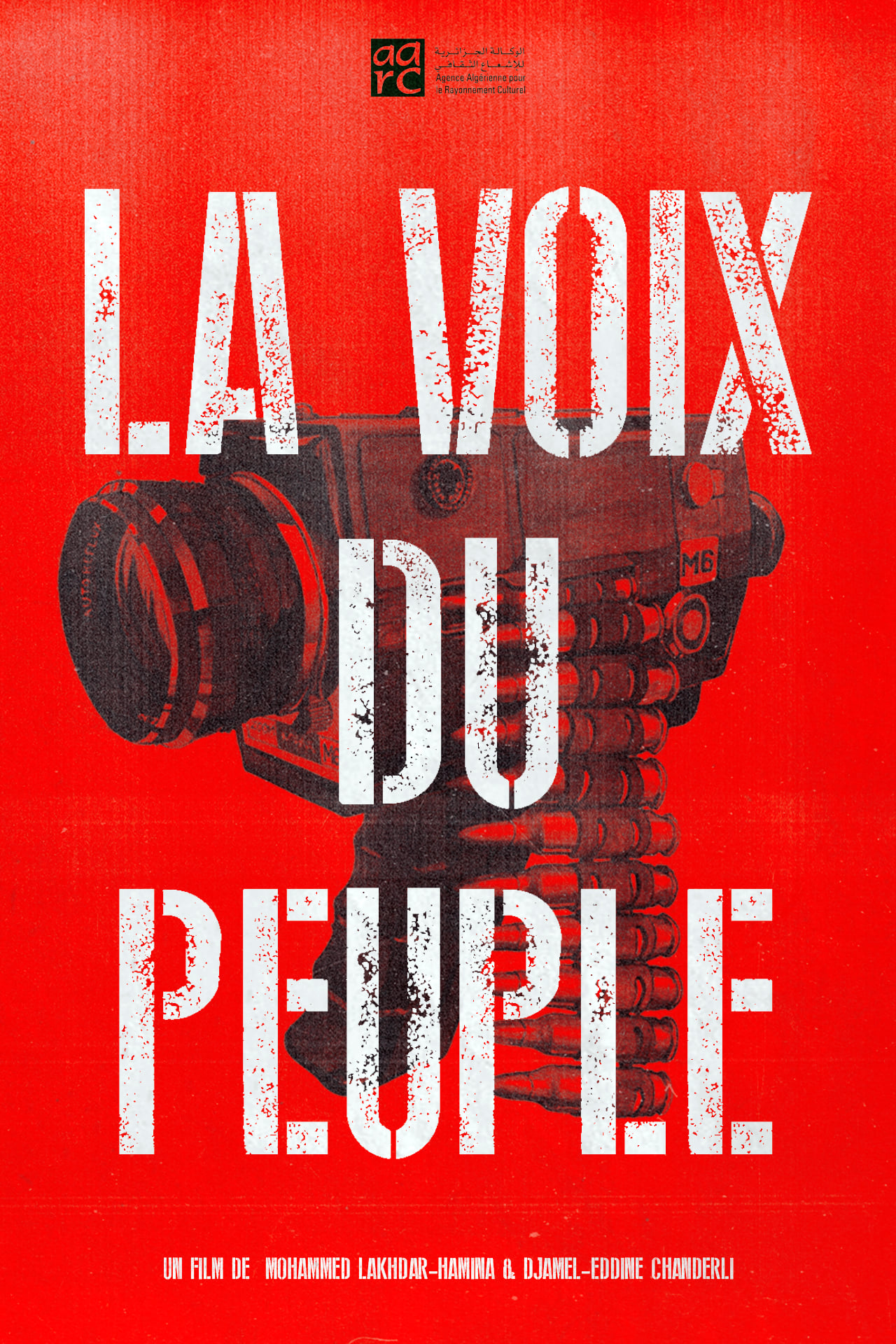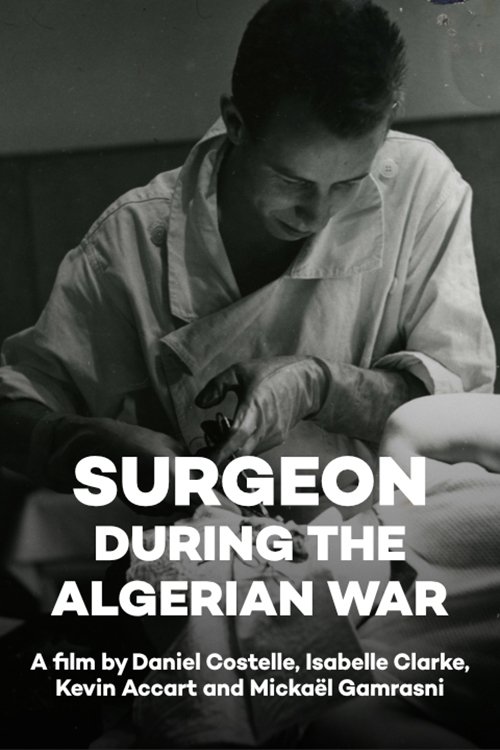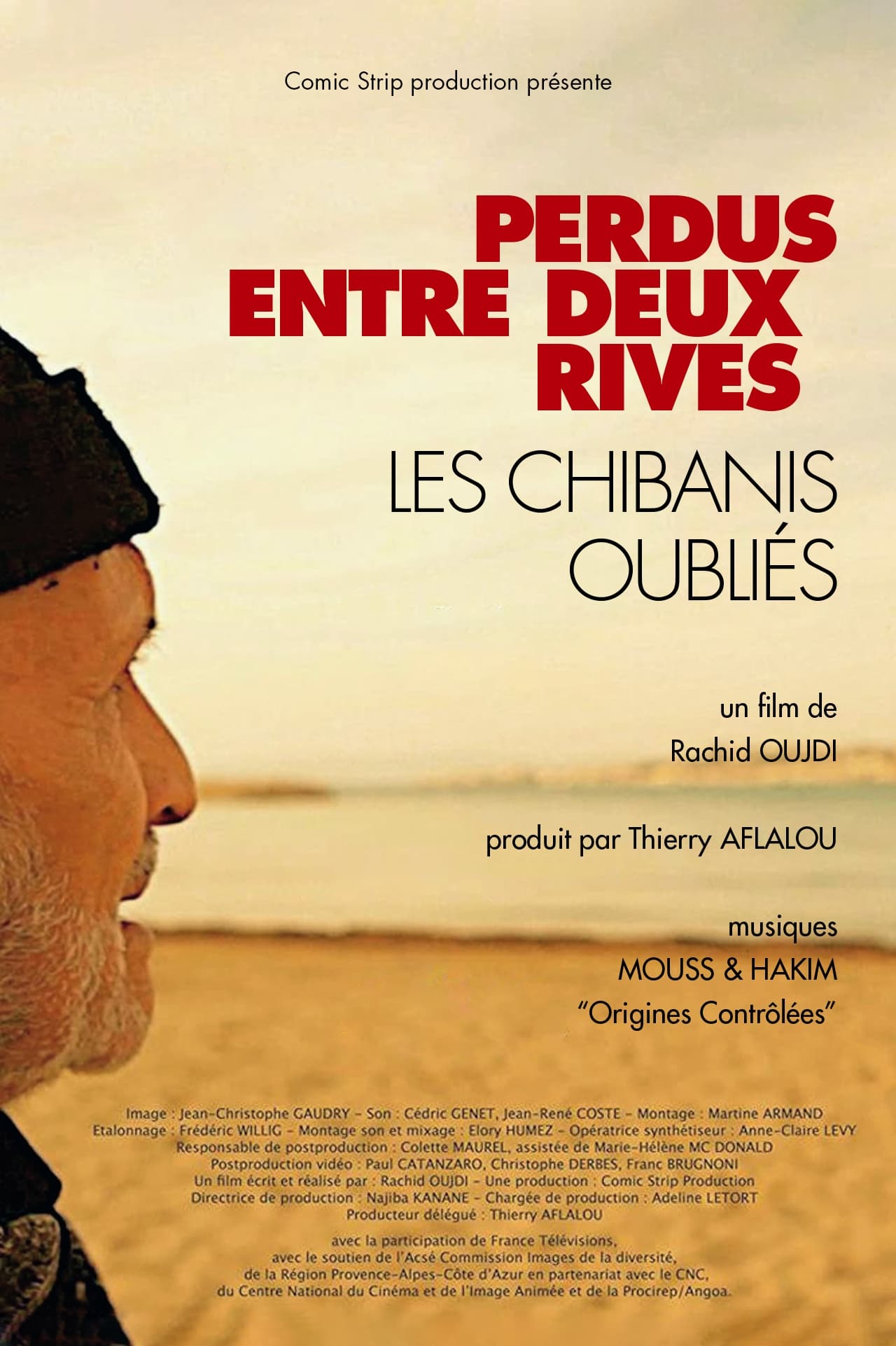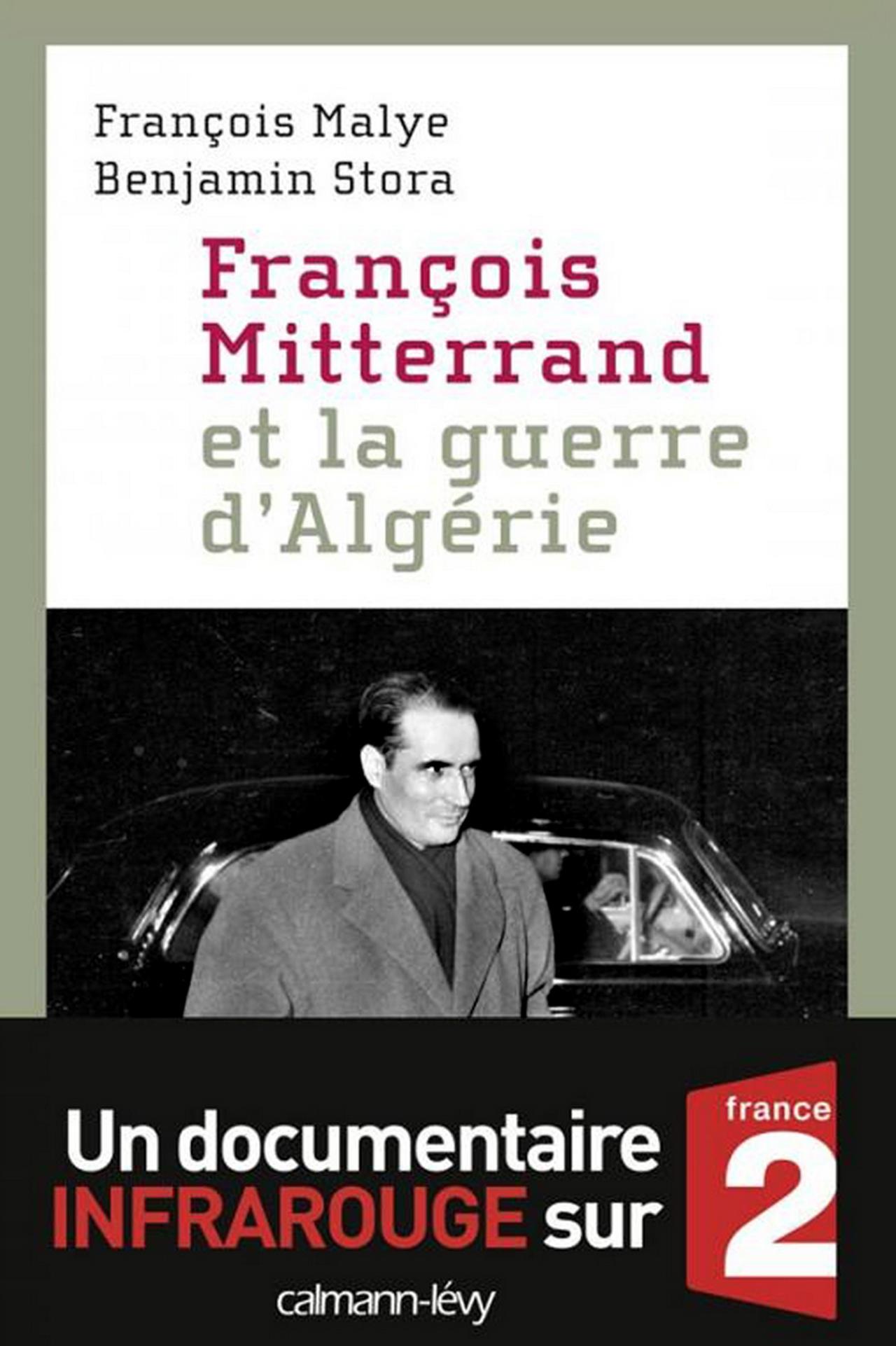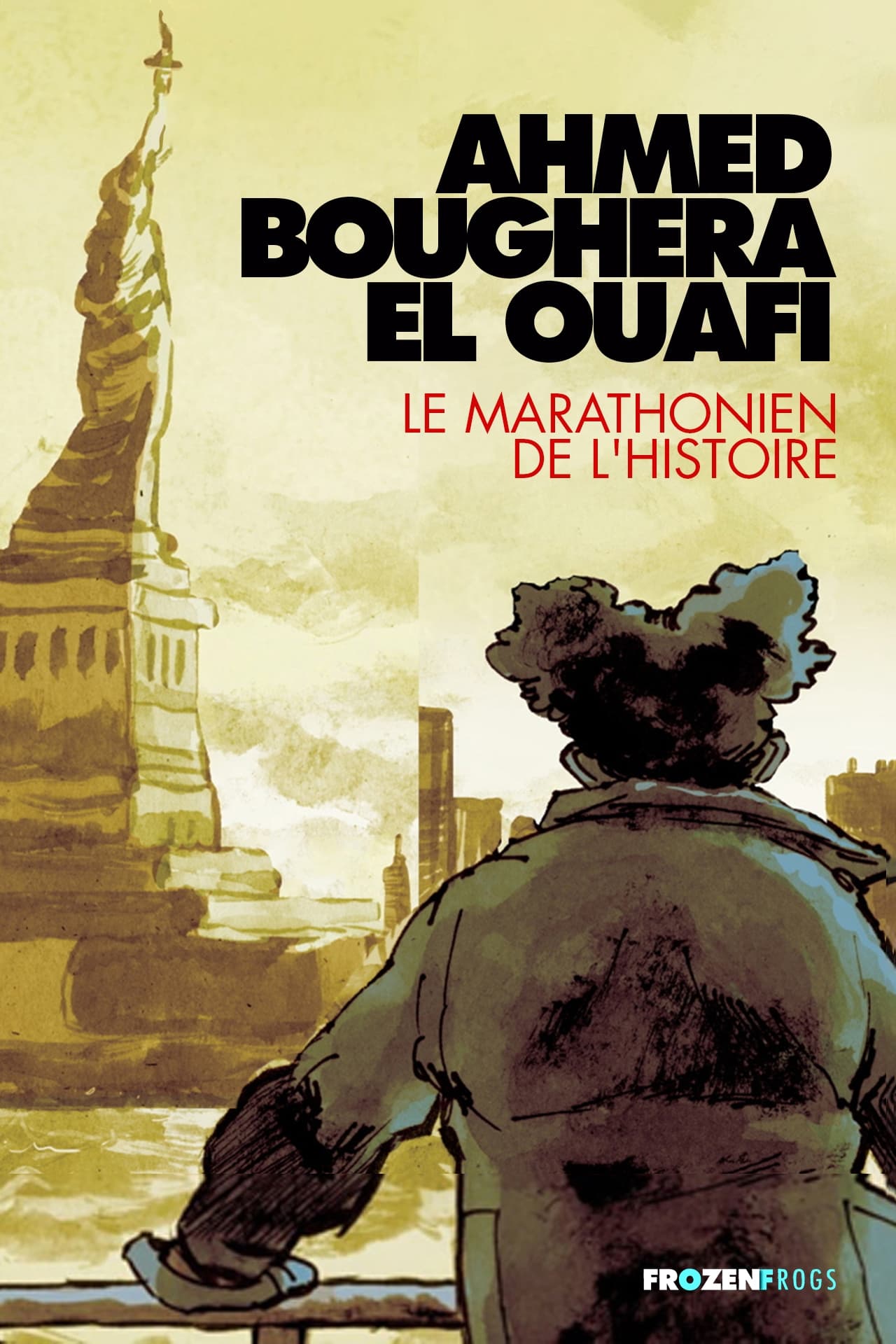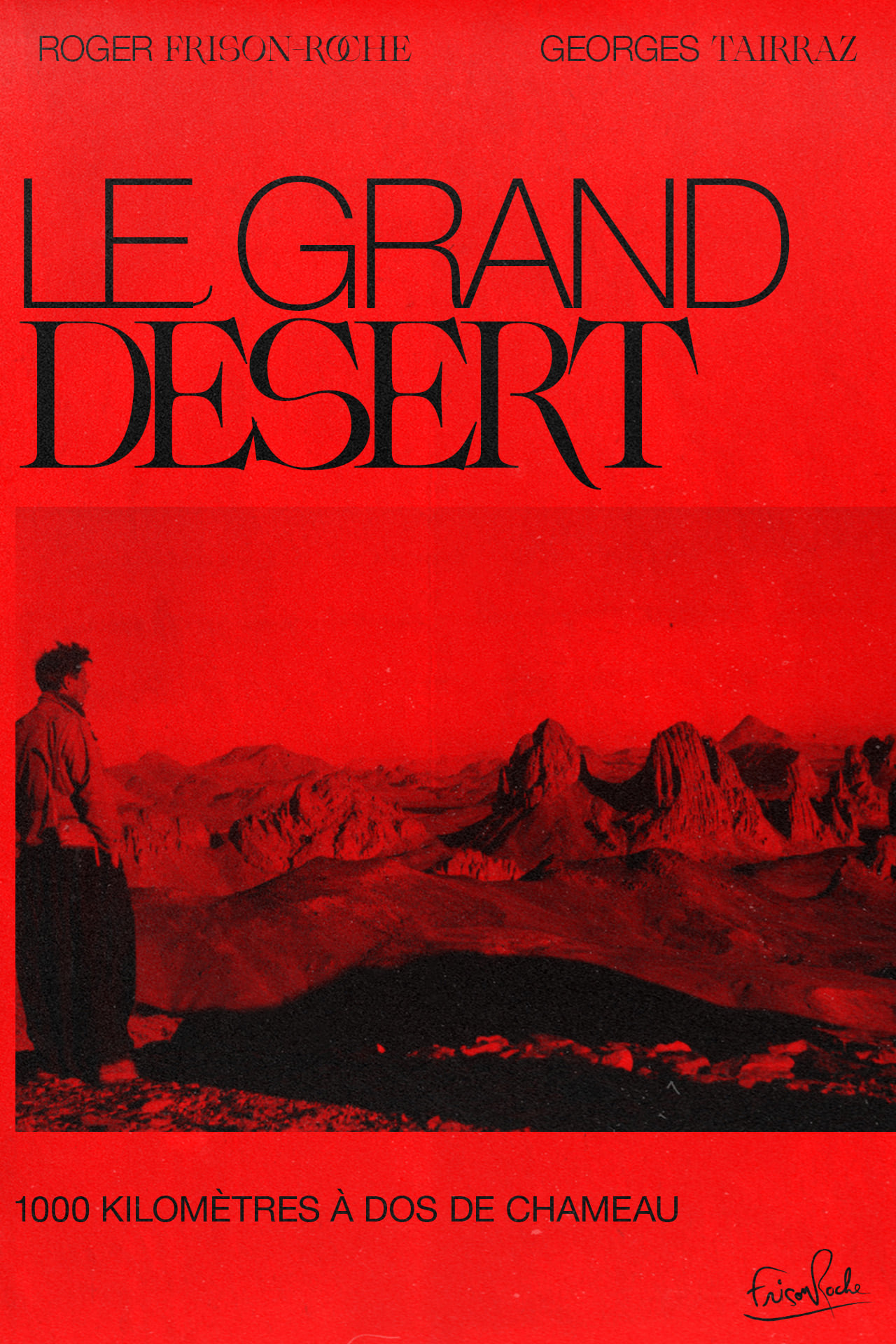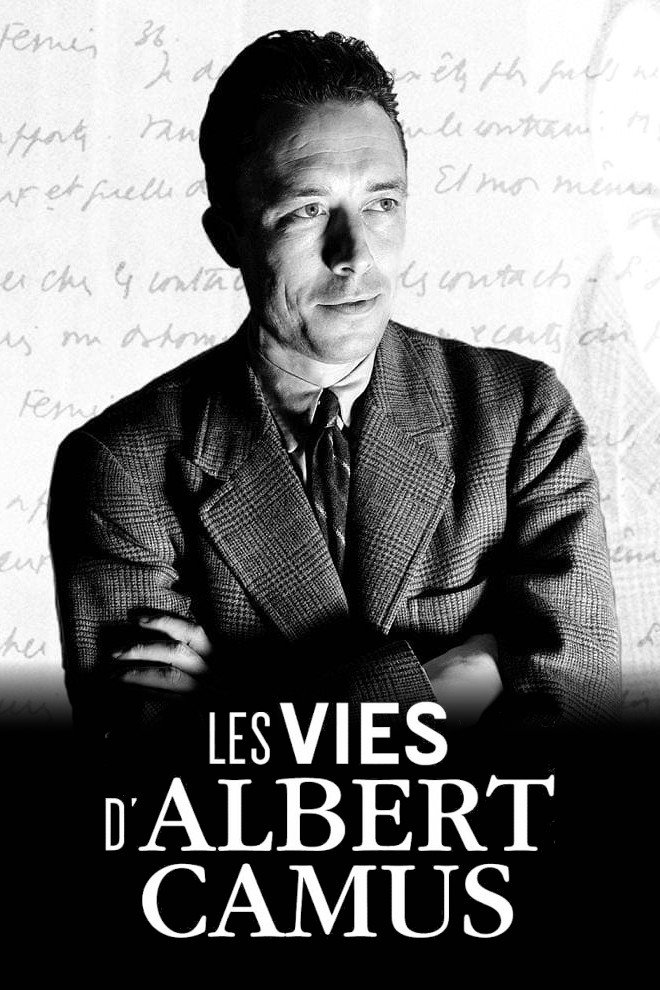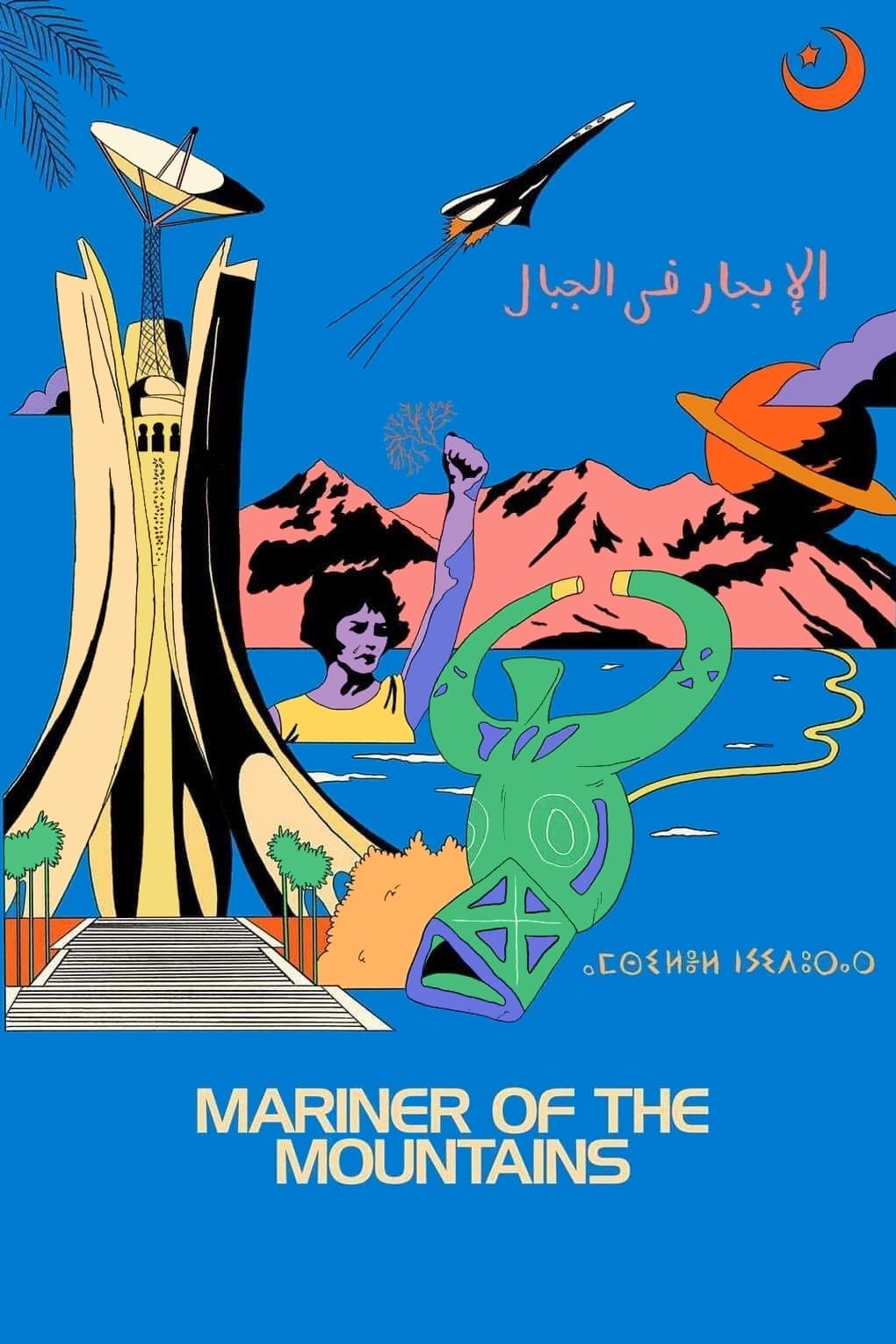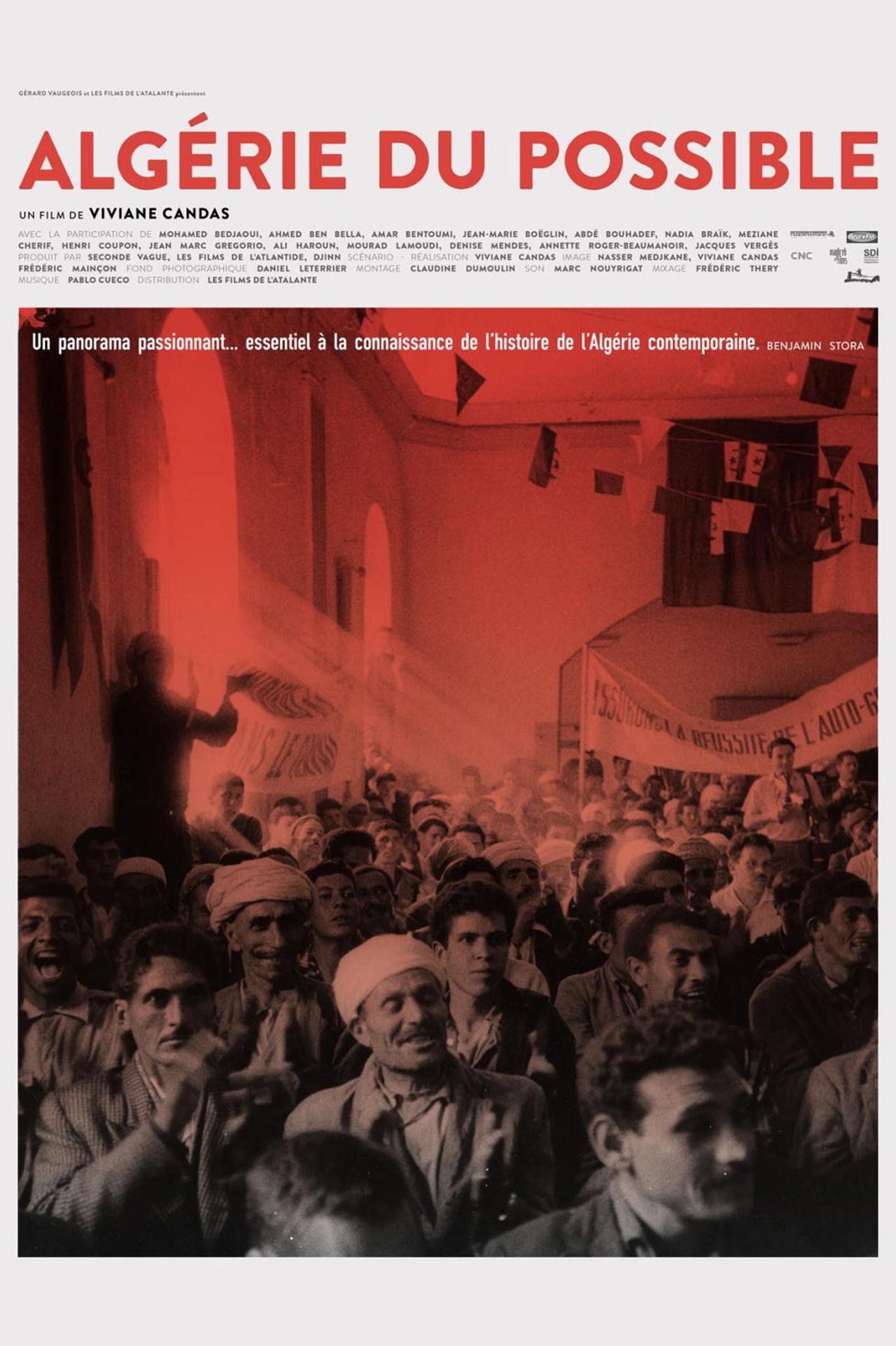
Algérie du possible (2016)
Released:
2016-12-07
Duration:
1hr 22min
Genres:
Documentary
Rating 7.5
Overview
By meeting his former comrades in combat, the film follows the journey of Yves Mathieu, anti-colonialist in Black Africa then lawyer for the FLN. When Algeria became independent, he drafted the Decrees of March on vacant property and self-management, promulgated in 1963 by Ahmed Ben Bella. Yves Mathieu's life is punctuated by his commitments in an Algeria that was then called "The Lighthouse of the Third World". The director, who is his daughter, returns to the conditions of his death in 1966.
Production Companies

Seconde Vague Productions
Djinn
Additional Info
| Budget | $0.00 |
|---|---|
| Revenue | $0.00 |
| Original Language | fr |
| Popularity | 0.0368 |
Directed By
Viviane Candas
Crew
Director
Viviane Candas
Viviane Candas
Writer
Viviane Candas
Viviane Candas
Music
Pablo Cueco
Pablo Cueco
Editor
Claudine Dumoulin
Claudine Dumoulin
Director of Photography
Viviane Candas
Viviane Candas
Director of Photography
Frédéric Mainson
Frédéric Mainson
Director of Photography
Nasser Medjkane
Nasser Medjkane
